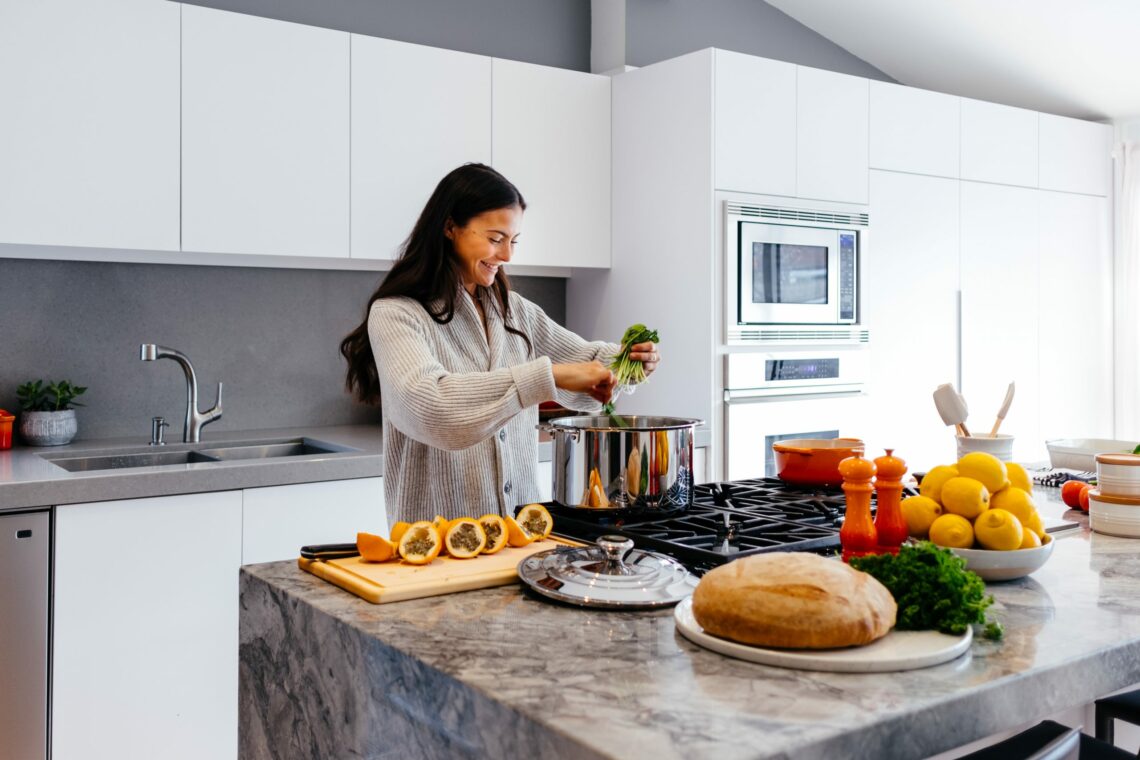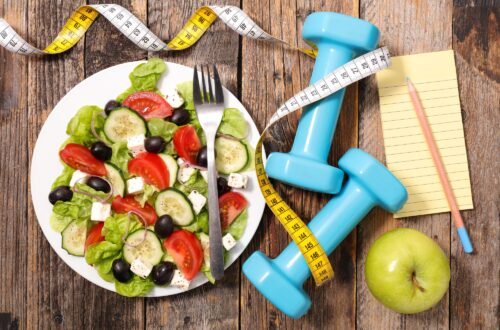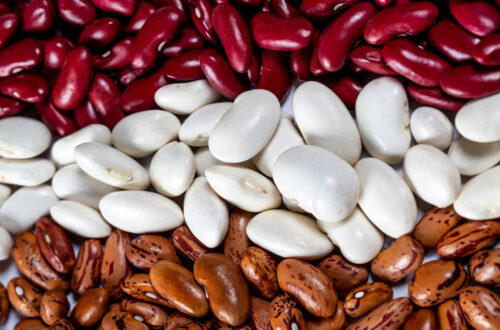Minimalist Cooking Tips for Healthy Eating
Embrace Whole, Single-Ingredient Foods
Start with ingredients in their most natural form. Whole foods are not only more nutritious but also free from added sugars, preservatives, and unhealthy fats. Fruits, vegetables, lean proteins, whole grains, nuts, and seeds are the building blocks of minimalist cooking. They can be combined in countless ways to create simple, healthy, and satisfying meals.
Simplify Your Kitchen Tools
A cluttered kitchen can be overwhelming, making cooking seem more like a chore than a pleasure. Pare down your gadgets to the essentials: a good chef’s knife, a cutting board, a few pots and pans, a spatula, and a mixing bowl. Not only does this make your kitchen more manageable, but it also streamlines the cooking process, making it quicker and more enjoyable.
Master a Few Go-To Recipes
Identify a handful of recipes that you enjoy and can easily make. These should be dishes that require minimal ingredients and preparation time. Think stir-fries, salads, one-pot meals, or simple grilled proteins with vegetables. The key is familiarity, which breeds efficiency and confidence in the kitchen.
Plan and Prep in Advance
Take some time each week to plan your meals. This doesn’t have to be a rigorous schedule but a loose outline to guide your grocery shopping, minimizing waste and ensuring you have what you need. Batch-prepping ingredients—like chopping vegetables, cooking grains, or marinating proteins—can save a significant amount of time during the week.
Embrace Leftovers
View leftovers not as second-rate meals but as time savers. Cooking in larger batches can mean having ready-to-eat or easy-to-assemble components for several meals. Get creative with repurposing leftovers to keep things interesting. For example, roast chicken can become chicken salad, chicken tacos, or a hearty chicken soup.
Use Herbs and Spices
One of the simplest ways to add flavor without extra calories or sodium is through herbs and spices. Fresh or dried, they can transform basic ingredients into a variety of cuisines and dishes. Experimenting with different flavor profiles can keep minimalist cooking from becoming monotonous.
Limit Processed Foods
Incorporating more whole foods into your diet naturally decreases the amount of processed foods you consume. Processed foods often contain unhealthy fats, added sugars, and high levels of sodium. By focusing on the quality and simplicity of your ingredients, you’ll naturally gravitate towards healthier, more nourishing meals.
FAQs on Minimalist Cooking and Healthy Eating
How can I make minimalist cooking fun if I’m not a skilled chef?
Focus on the joy of experimentation and learning. Cooking is a skill that improves with practice. Start with simple recipes that require minimal steps and ingredients. As you gain confidence, you can start experimenting with flavors and techniques.
Isn’t eating healthy more expensive? How can minimalist cooking be budget-friendly?
While some healthy foods can be expensive, minimalist cooking focuses on simplicity and whole ingredients, which can actually save money. Buying whole foods in bulk, choosing seasonal produce, and minimizing waste by planning are all strategies that make healthy eating more affordable.
What are some essential pantry staples for minimalist cooking?
Essential staples include whole grains (like rice, quinoa, and oats), beans and legumes, canned tomatoes, olive oil, a variety of spices and herbs, onions, garlic, and nuts or seeds. These ingredients can form the base of countless meals and are both nutritious and long-lasting.
How do I deal with food cravings while following a minimalist diet?
Address cravings by finding healthier alternatives that satisfy the same flavor profile. For example, if you’re craving something sweet, opt for fruit with a bit of honey or dark chocolate. For salty cravings, try roasted nuts or seeds. The key is moderation and making choices that align with your health goals.
Can minimalist cooking accommodate dietary restrictions or food allergies?
Absolutely. The simplicity of minimalist cooking makes it easier to control what goes into your meals, allowing you to avoid allergens or ingredients that don’t agree with your dietary needs. Always ensure you’re getting a balanced intake of nutrients by incorporating a variety of foods within your dietary restrictions.
How can I make sure I’m getting enough protein with minimalist cooking?
Include a protein source in every meal. Lean meats, fish, eggs, dairy, beans, legumes, and nuts are all excellent sources. By focusing on whole foods, you can easily meet your protein needs. For vegetarians and vegans, combining different plant-based protein sources can ensure you’re getting all essential amino acids.
What’s the best way to transition to a minimalist cooking lifestyle?
Start slowly. Begin by simplifying one meal a day, then gradually extend the approach to all meals. Streamline your kitchen, focus on whole foods, and learn a few basic cooking techniques. Over time, minimalist cooking will become a natural and enjoyable part of your routine.
Conclusion
Adopting a minimalist approach to cooking and eating doesn’t just simplify the act of meal preparation; it encourages a healthier relationship with food. By focusing on whole, single-ingredient foods, mastering a few versatile recipes, and planning ahead, you can make healthy eating a seamless part of your daily life. Remember, the essence of minimalist cooking is not just about removing the unnecessary—it’s about cherishing the simple joys of nourishing your body and soul.
- Comprehensive Evaluation Top CBD Oils Examined By CBD Rethink - April 22, 2024
- Exploring Liquid Bliss: A Personal Journey with Just Kratom’s Kratom Gold Shots - April 22, 2024
- Comprehensive Review of the Top CBD Oils By CBD Rethink - April 22, 2024






